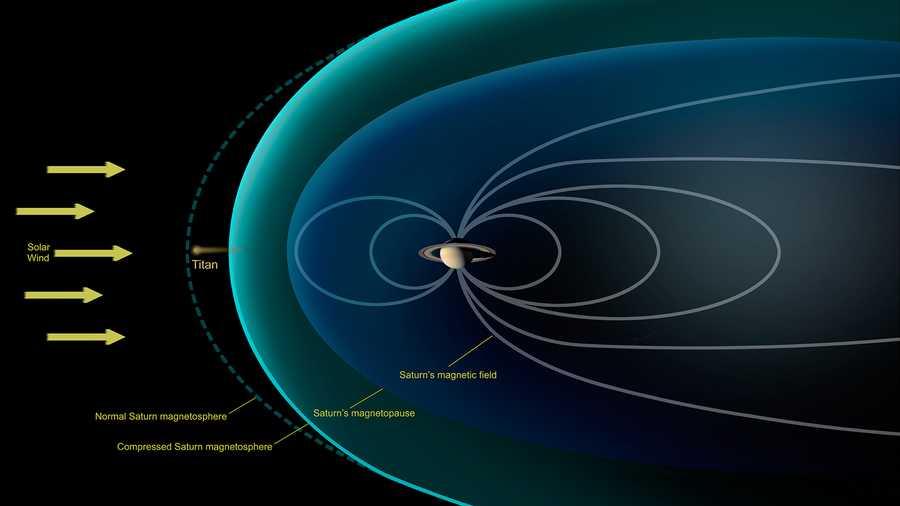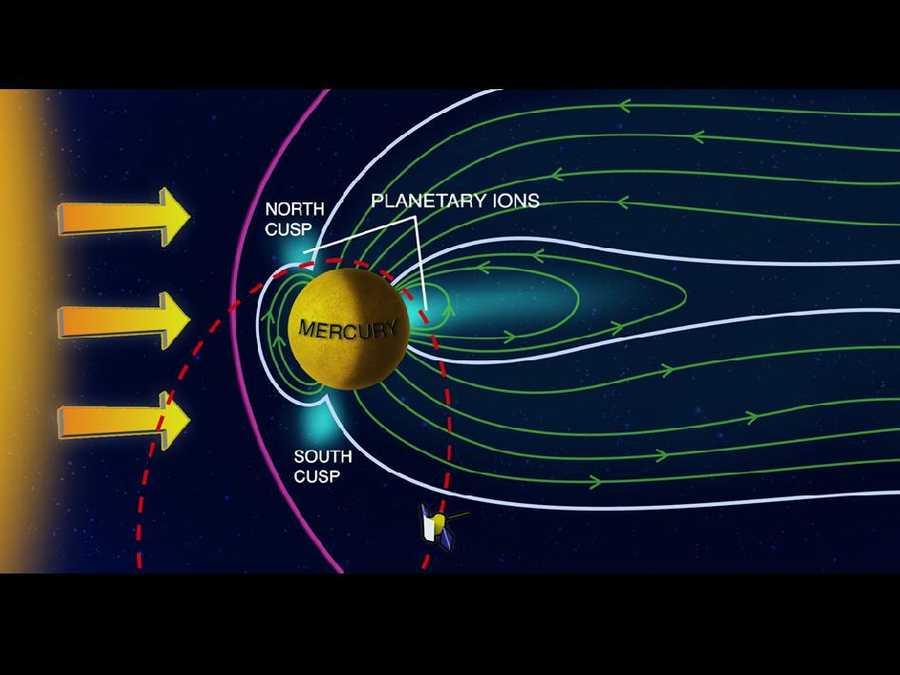Magnetosphere
Saturn's magnetic field is smaller than Jupiter's but still 578 times as powerful as Earth's. Saturn, the rings, and many of the satellites lie totally within Saturn's enormous magnetosphere, the region of space in which the behavior of electrically charged particles is influenced more by Saturn's magnetic field than by the solar wind.
Aurorae occur when charged particles spiral into a planet's atmosphere along magnetic field lines. On Earth, these charged particles come from the solar wind. Cassini showed that at least some of Saturn's aurorae are like Jupiter's and are largely unaffected by the solar wind. Instead, these aurorae are caused by a combination of particles ejected from Saturn's moons and Saturn's magnetic field's rapid rotation rate. But these "non-solar-originating" aurorae are not completely understood yet.
23
53 reads
CURATED FROM
IDEAS CURATED BY
I'm passionate about helping people live their best lives. I'm a lifestyle coach & burnout coach.
The idea is part of this collection:
Learn more about technologyandthefuture with this collection
How to make sustainable choices in everyday life
Identifying ways to reduce waste and conserve resources
Understanding the impact of human actions on the environment
Related collections
Similar ideas to Magnetosphere
Magnetosphere
Mercury's magnetic field is offset relative to the planet's equator.
Though Mercury's magnetic field at the surface has just one percent the strength of Earth's, it interacts with the magnetic field of the solar wind to sometimes create intense magnetic tornadoes that funnel the fast, hot ...
Magnetosphere
The main axix of Neptune's magnetic field is tipped over by about 47 degrees compared with the planet's rotation axis.
Like Uranus, whose magnetic axis is tilted about 60 degrees from the axis of rotation, Neptune's magnetosphere undergoes wild variations during each rotation because of thi...
Auroras on other worlds
Auroras also occur on planets such as Jupiter, Saturn, Uranus, and Neptune. These gas giants have thick atmospheres and strong magnetic fields. These auroras are a little different from Earth's as they are formed under different conditions.
Venus has an aurora generated by its magnetotail....
Read & Learn
20x Faster
without
deepstash
with
deepstash
with
deepstash
Personalized microlearning
—
100+ Learning Journeys
—
Access to 200,000+ ideas
—
Access to the mobile app
—
Unlimited idea saving
—
—
Unlimited history
—
—
Unlimited listening to ideas
—
—
Downloading & offline access
—
—
Supercharge your mind with one idea per day
Enter your email and spend 1 minute every day to learn something new.
I agree to receive email updates

